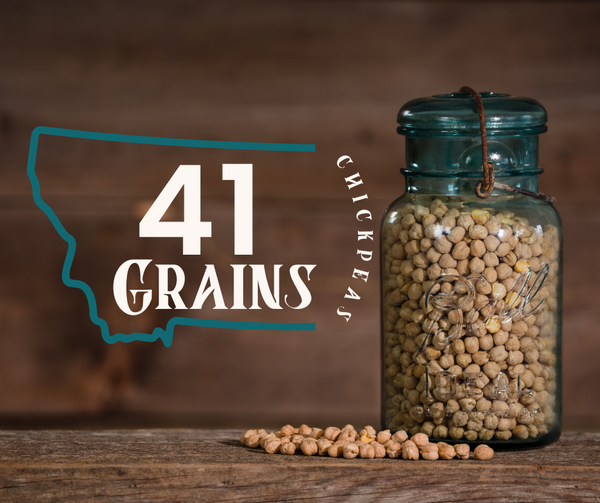
Growing Lentils in Dryland Farming: Challenges and Best Practices
Kacie SikvelandShare
The Role of Lentils in Crop Rotation and Soil Health
Lentils are more than just a nutritious food staple—they are an essential component of sustainable agriculture, particularly in dryland farming regions like Eastern Montana. By integrating lentils into crop rotation systems, farmers can enhance soil health, reduce reliance on synthetic fertilizers, and improve overall farm productivity.
Why Crop Rotation Matters
Crop rotation is a crucial practice for maintaining soil fertility and preventing disease and pest build-up. Instead of continuously planting the same crop year after year, which depletes the soil of specific nutrients, farmers rotate different crops to balance nutrient use and maintain soil structure.
Lentils as a Soil-Boosting Crop
Lentils belong to the legume family, which plays a unique role in improving soil health. They work symbiotically with soil bacteria to fix nitrogen from the atmosphere, converting it into a form that enriches the soil. This natural nitrogen-fixing ability reduces the need for synthetic fertilizers, leading to cost savings and environmental benefits.
Key Benefits of Lentils in Crop Rotation
- Nitrogen Fixation: Lentils deposit nitrogen into the soil, benefiting subsequent crops like wheat and barley, which have high nitrogen demands.
- Improved Soil Structure: Lentils' deep root systems help break up compacted soil, increasing water infiltration and retention, which is vital in dryland farming conditions.
- Disease and Pest Management: By rotating lentils with cereal crops, farmers disrupt disease cycles and reduce pest populations, minimizing the need for chemical treatments.
- Weed Suppression: Lentils provide ground cover that suppresses weeds, reducing competition for nutrients and water.
- Economic Diversification: Growing lentils adds an additional revenue stream for farmers, helping to buffer against fluctuations in commodity prices for staple crops like wheat and barley.
Lentils in Eastern Montana Farming
Eastern Montana’s semi-arid climate presents challenges for farmers, making crop selection crucial for soil sustainability and long-term productivity. Lentils have become an increasingly popular choice due to their adaptability to low-water conditions and their ability to enhance soil health. As more farmers incorporate lentils into their rotations, they contribute to a more resilient agricultural system while maintaining profitability. On our farm this year , in 2025, we will be planting 475 acres of Lentils with an average yields of 9500 bushels we could have 570,000 lbs of lentils harvested in the fall.
Conclusion
Lentils play a vital role in sustainable farming by improving soil health, enhancing crop productivity, and reducing input costs. Their ability to fix nitrogen, improve soil structure, and suppress weeds makes them an invaluable asset in crop rotation systems, particularly in dryland farming regions like Eastern Montana. As more farmers adopt lentil rotations, the benefits will extend beyond individual farms, supporting long-term agricultural sustainability and environmental conservation.
